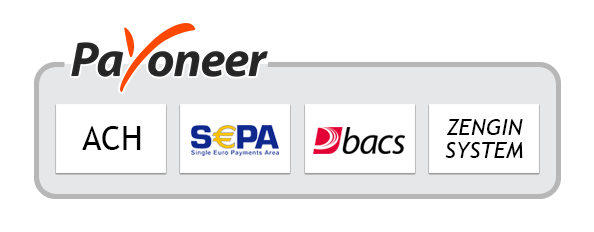An X-Ray tube is a type of tube that helps in converting electrical energy into X-rays. In November 1895 the X-Ray tubes were invented by German physicist Mr. Wilhelm Röntgen developed from Crookes tubes. It is used for dentistry, medical diagnostics veterinary care, as well as industrial inspection. In addition, X-ray formed when the many electrons are suddenly decelerated upon collision with the metal in contact and is called as braking radiation or bremsstrahlung. Highly skilled or professional engineers or researchers are dedicating in order to continually improve the X-ray technology
The X-Ray tube works on two principals namely:
- Cathode – that offers as a source of electrons
- Anode – that is a target for numerous electrons and releases x-rays
The cathode and anode are in the envelope, that offers support, electrical insulation, and vacuum. The envelope generally made up of materials such as glass, metal, or ceramic. Some additional components of X-ray tube are: tube envelope or evacuated, cooling dielectric oil, rotor, tube housing, induction stator, and a tube window that usually made from beryllium
There are two types of X-Ray tube available in the market, the Stationary Anode X-Ray tube and Rotating Anode X-Ray tube. The rotating anode X-Ray tube promotes cooling process between target by distributing the intense beam from the cathode tube over the surface of the anode tube. The major advantages of rotating anode X-Ray tube are that it lasts for a longer period of time than a stationary X-Ray tube and resulting in the higher adoption of rotating anode X-Ray tube in medicine sector, for security checks at airports for luggage and at some school for student baggage.
By application, the market is divided into, mobile C-Arm, mammography systems, DR, dental systems, CT. The demand for X-Ray tube is significantly high in the medical sector, owing to numerous technological advancements coupled with a higher adoption rate of advent technologies in the healthcare industry. In addition, a continuously increasing number of medical cases and accidental injuries globally support the demand for X-Ray tube. In recent times, it has been observed that X-Ray tubes are widely used in dental systems such as dental radiography or portable fluoroscopy.
Based on regions, the market has been further segmented across North America, Europe, Asia Pacific, Latin America, and the Middle East and Africa. Among these regions, due to increasing awareness for preventive care and early diagnosis of diseases, the demand from North America region is relatively higher as compared to other regions. The adoption rate of the X-Ray tube in countries such as China and India in the Asia Pacific region is expected to grow at a higher CAGR. This is primarily due to to., growing awareness among people and rising demand for minimally invasive procedures among patients.
Some of the key players profiled in the global X-Ray tube market report include GE, Dunlee, Hangzhou Wandong, IAE, Toshiba, Varian, Siemens, and Kailong.
Discuss Your Needs With Our Analyst
Please share your requirements with more details so our analyst can check if they can solve your problem(s)





